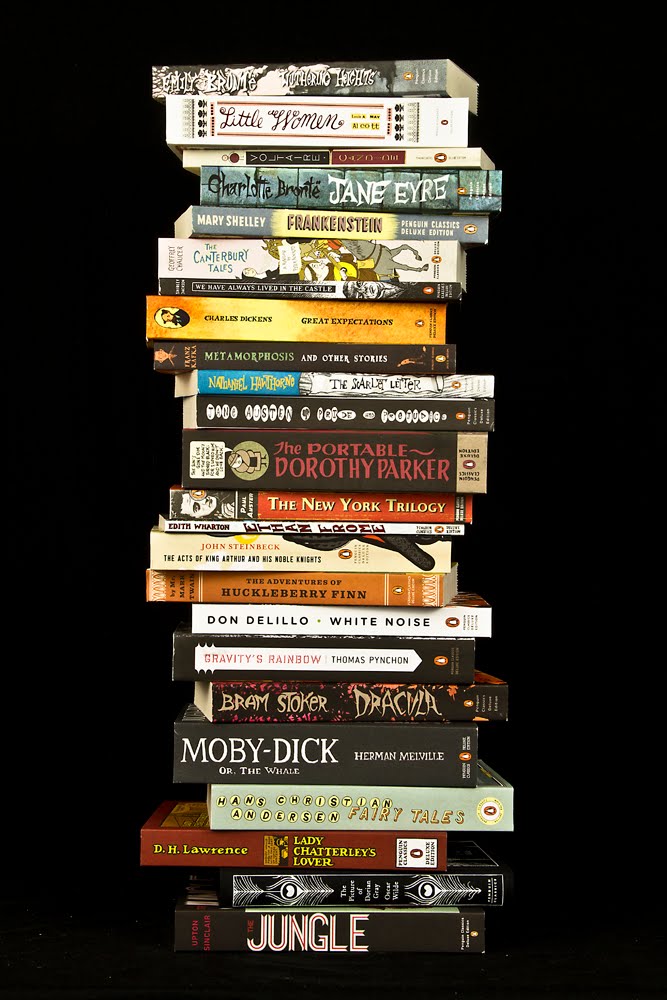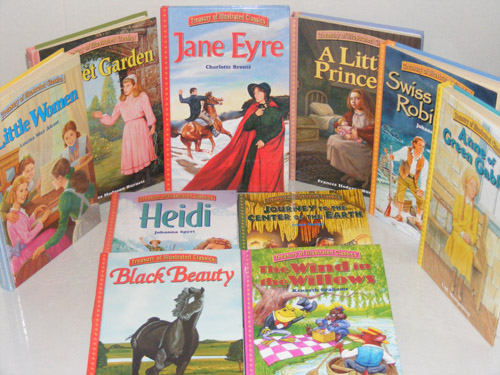

During the 1950s, Wonder Woman constantly found herself bound and shackled (since the head writer for the character felt that women enjoy submission), and her problems revolved around marriage and love. In Wonder Woman we can see here most closely Georgia Higley’s statement that comics are a “reflection of the good and the bad of our society”. For example, Gwen Stacey was thrown off a bridge to anger Spider-Man, and Green Lantern’s love interest Alexandra DeWitt was stuffed into a fridge as a form of vengeance against the hero.

They were often subject to far greater violence than male counterparts, and often purely for the sake of a male character’s development. Depictions of women have also been somewhat lacking – as writer Gail Simone noticed, “it’s not healthy to be a female character in comics”. Of course, in reflecting the cultural moment, these comics have sometimes mis-stepped in their presentations, such as Chinese villains produced in 1937 caricaturing the “Yellow Peril”. Over at DC Comics, the introduction of Jessica Cruz as a superhero was an attempt by writers to capture the experience of having anxiety.
Book collector editions of classics tv#
Miles Morales, a black Hispanic teenager, is the new Spider-Man, while Kamala Khan, a Muslim student from New Jersey, is a new superhero, with her own tv show coming soon. The X-Men became a symbol for the struggles of the LGBTQ+ experience, with a story in the 90s about the “Legacy virus” being a direct parallel to AIDS epidemic. More recently, comics have begun to try and reflect wider experiences in modern America. In 1966, racial equality took an even more prominent place in his comics with the creation of Black Panther. Stan Lee’s creation of the X-Men in 1963 was, to him, a “good metaphor for what was happening with the civil rights movement in the country at the time”. Captain America was introduced in 1941 on the cover of his very own book with an illustration of him punching Adolf Hitler, while in 1945, Batman #26 contained a story of a futuristic Batman and Robin fighting against an alien fascist called “Fura”, which sounds suspiciously like ‘führer’. In the period following the advent of the superhero, the Second World War was on the mind of many comic book writers. At the time, the comic book format was seen as less prestigious than the strip, so it took a few years for the superheroes to grace the back of a newspaper.įor Stan Lee, the leading creative behind Marvel Comics, “Marvel has always been and always will be a reflection of the world right outside our window”. In 1938, the world’s first superhero was debuted: Superman in Action Comics #1. The Penguin Classics decision marks the growing respect for comics as a medium of stories, and may herald the advent of more interesting and ambitious stories in the comic-book industry.Ī short history of comic books leads you into the 1930s: they began by reprinting newspaper strips, but soon, they were featuring their own content. These stories are not only attention-grabbing for their visuals, drawing on a rich tradition of American cartooning, but also reflect their contemporary cultural zeitgeist, and have influenced writers of many generations.

The decision reflects the “transformative and timeless influence on an entire genre of fantasy”, and Penguin will publish books containing tales about Captain America, Black Panther, and Spider-Man. The comics will be part of a ‘Penguin Classics Marvel Collection’, which will present origin stories and seminal tales from characters published under the Marvel Comics brand. It was recently announced that Penguin Classics would be publishing special editions of certain Marvel comic books.


 0 kommentar(er)
0 kommentar(er)
